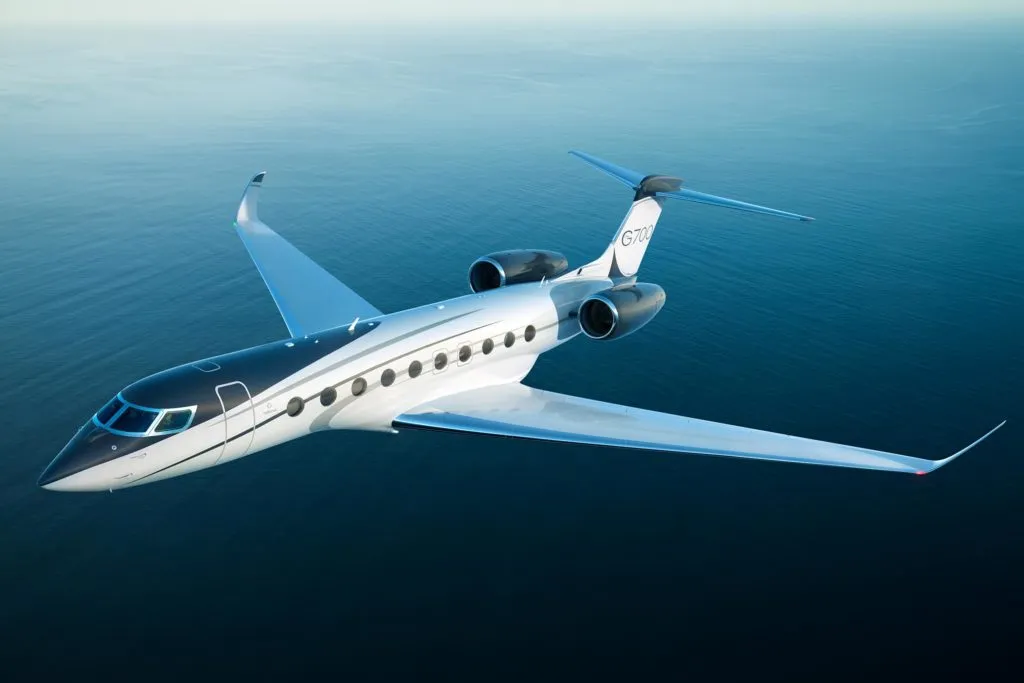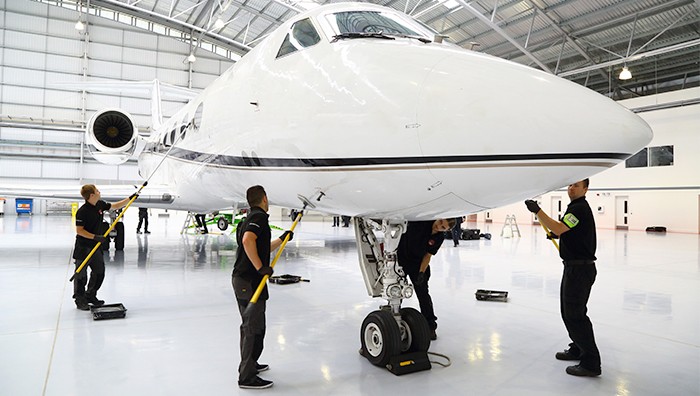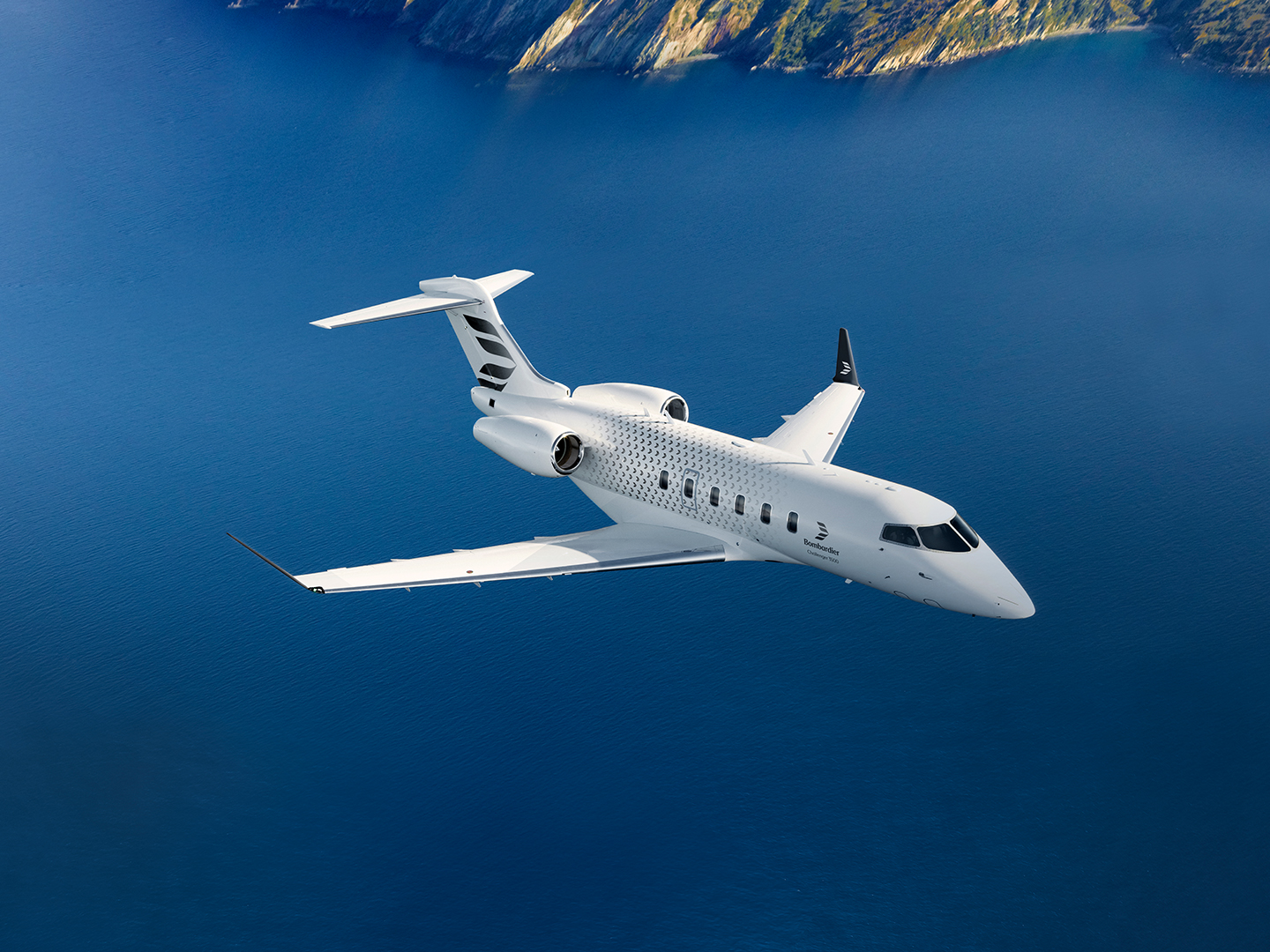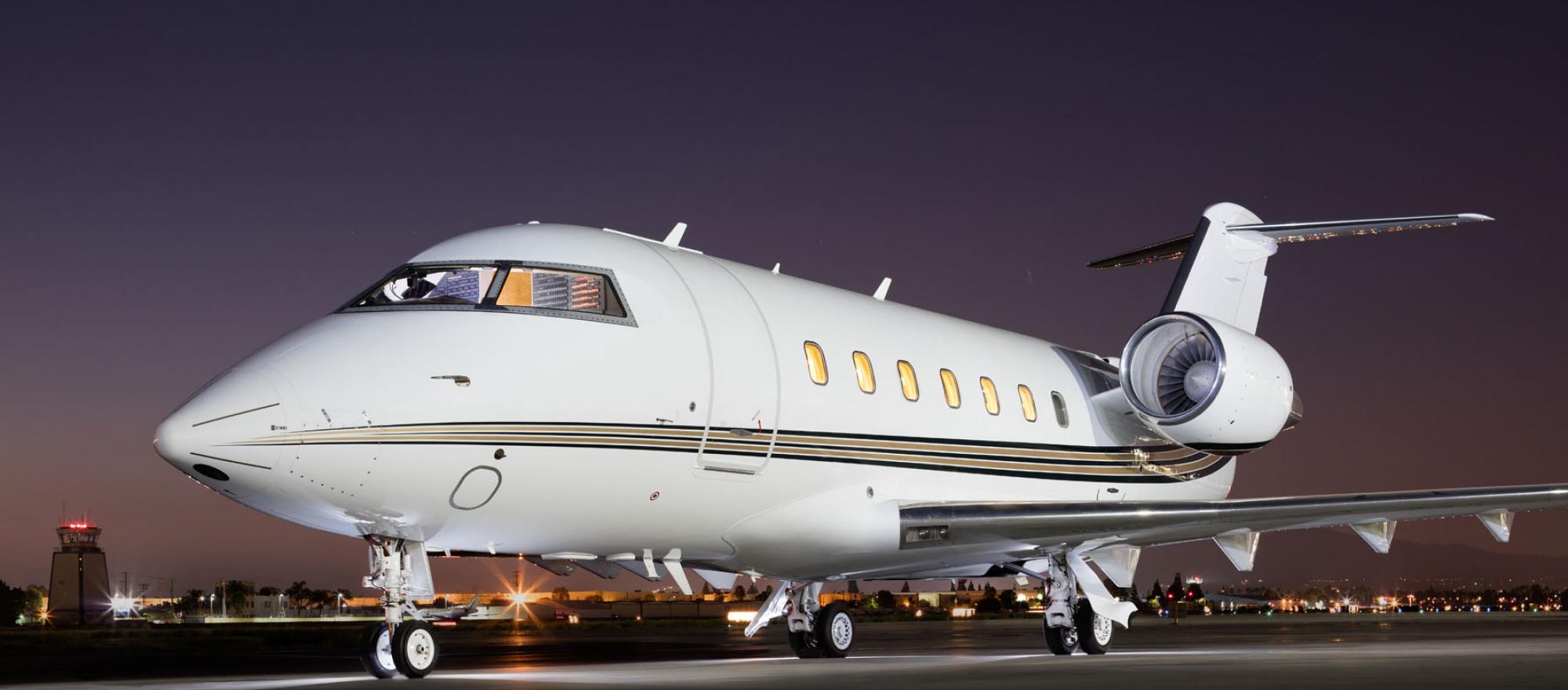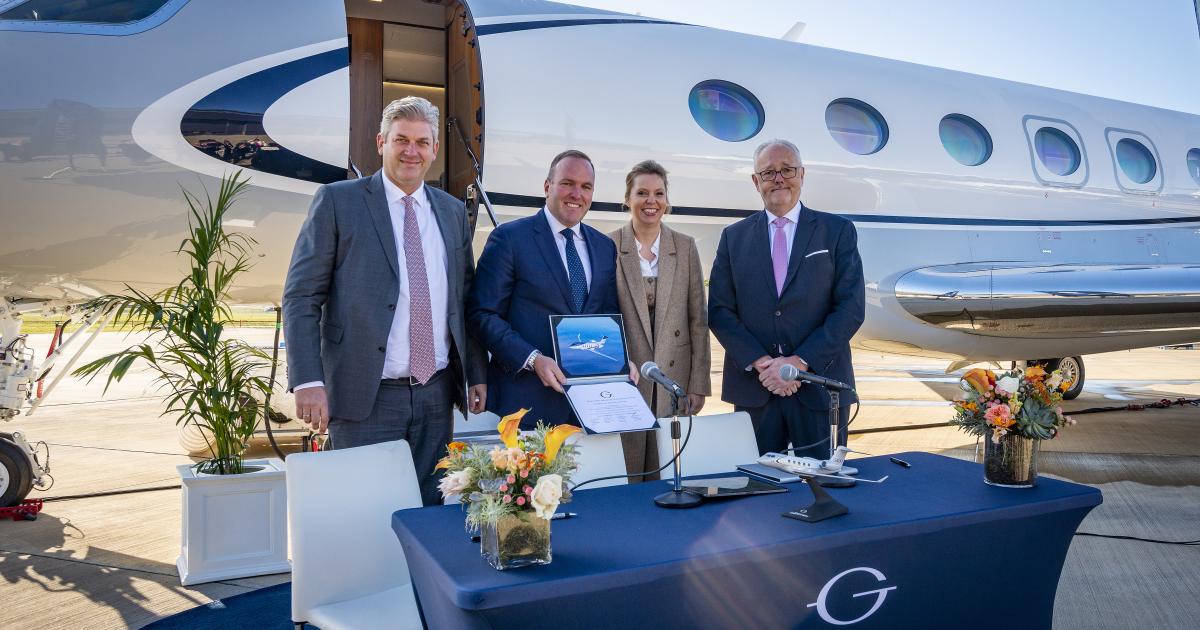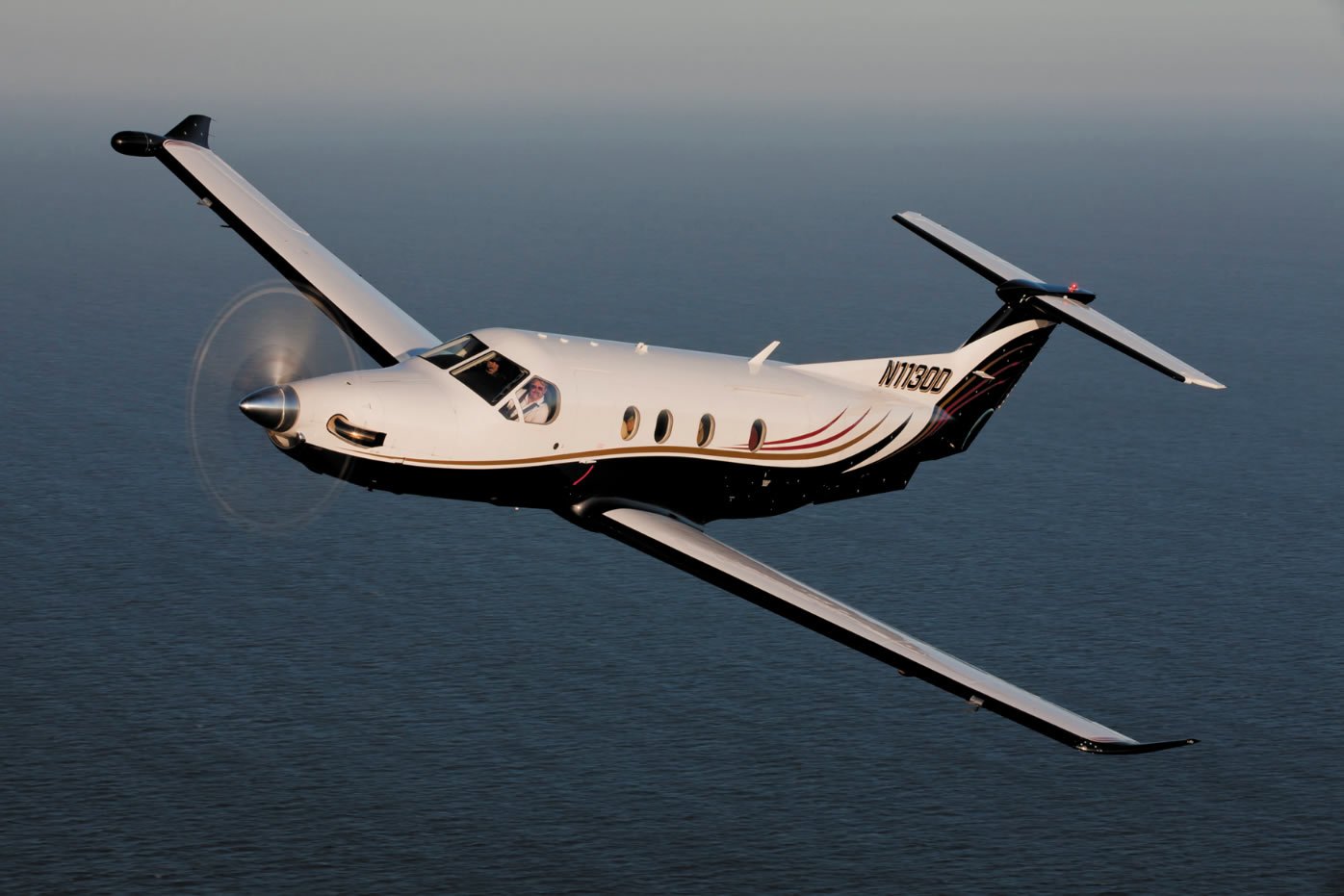The Gulfstream G600: A New Chapter in Ultra-Long Range
7 min read
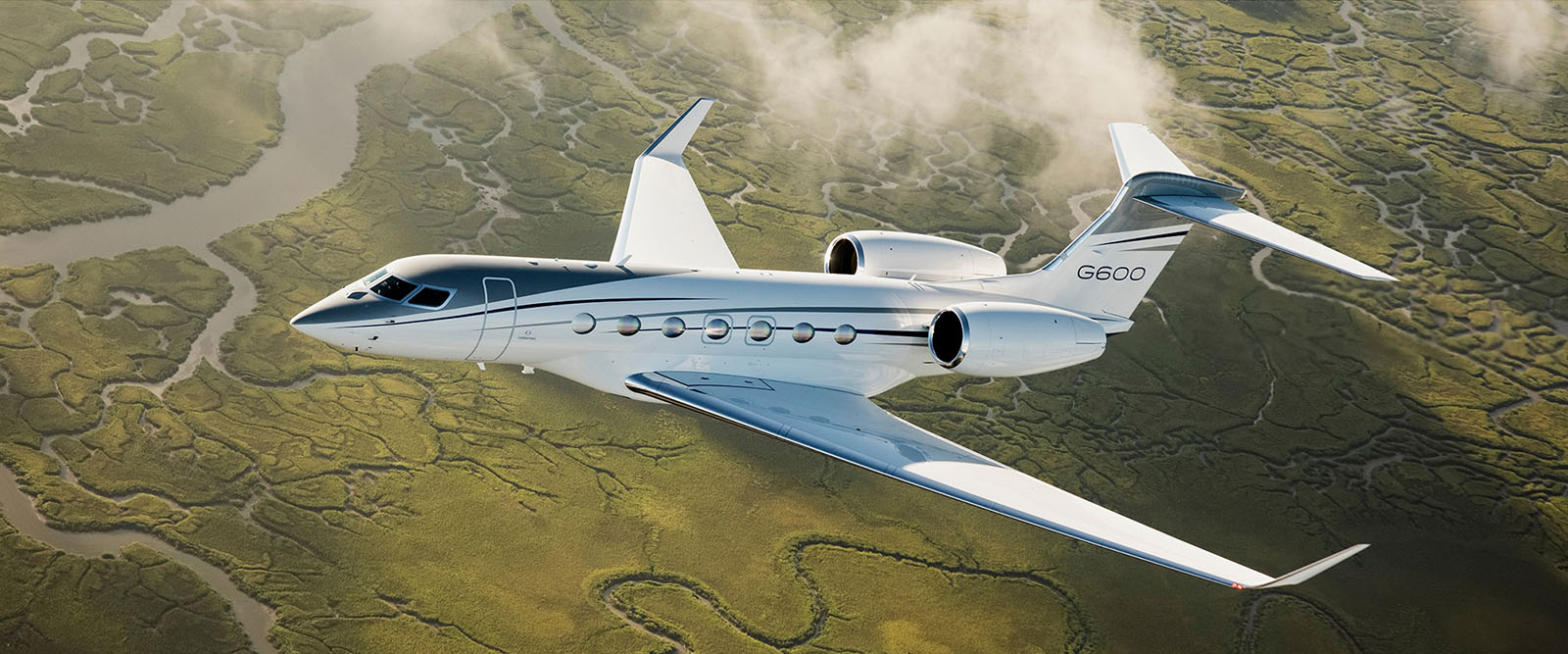
There's something deeply satisfying about a jet that does exactly what it promises on the tin. The Gulfstream G600 isn't trying to be all things to all people. It's designed for one specific mission: getting you anywhere in the world, fast, in ridiculous comfort, and without compromise.
In the crowded world of ultra-long-range business jets, that focus matters. While competitors chase after every possible market segment, Gulfstream took a different approach with the G600. They asked a simple question: what if we built a jet specifically for people who need to cross continents regularly and can't afford to arrive exhausted?
This review checks how well that question was answered.
How the Jet Came to Be
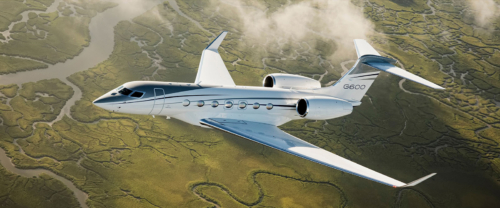
The G600 story actually begins with its sibling, the G500. Gulfstream unveiled both aircraft together in October 2014, a classic one-two punch strategy. Think of it as launching twins, but twins with very different personalities. The G500 was designed to be the efficient workhorse, while the G600 got the longer legs and the luxury treatment.
Development was focused on three things that frankly, most manufacturers talk about but don't always deliver on: advanced aerodynamics that actually work in the real world, fuel efficiency that matters when you're burning through thousands of dollars per hour, and avionics that don't require a PhD to operate.
The first flight happened on December 17, 2016. And the FAA finally blessed the G600 with type certification on June 28, 2019. Just over a month later, on August 8, the first delivery was made to a U.S. customer.
Performance: Where the Magic Happens
Next, let's talk numbers.
Here's the first number that impressed most owners: Gulfstream claims this thing is 12% more fuel efficient than the privatejetforsale.com/blog/gulfstream-g550-review-the-ultimate-long-range-business-jet/ on a 5,000 nautical mile leg at Mach 0.85. Now, 12% might not sound revolutionary, but when you're burning through thousands of dollars of jet fuel per hour, those percentages add up fast.
The headline number everyone wants to know? Maximum range sits at 6,600 nautical miles, when you're cruising at Mach 0.85 with eight passengers, four crew, and all the fuel reserves the FAA insists you carry.
Speed-wise, the G600 has some serious legs. High-speed cruise clocks in at Mach 0.90, which translates to about 516 knots or 956 km/h. For more relaxed, fuel-conscious flying, long-range cruise at Mach 0.85 gives you the best balance of speed and efficiency. And if you really need to push it? The maximum operating speed hits Mach 0.925.
Ground performance is equally impressive. The G600 needs just 5,700 feet of runway to get airborne at maximum takeoff weight under standard conditions. That opens up a lot of airports that some of its competitors simply can't use.
Once you're up there, this jet likes to climb high and stay high. Initial cruise altitude is 41,000 feet, but it can push up to 51,000 feet when the air gets thin and the fuel burn drops.
What makes all this possible isn't just brute force engineering. The G600's aerodynamic design is where Gulfstream really flexed its muscles. We're talking swept wings with winglets and a fuselage that's been optimized in different ways.
Engines, Avionics, and Flight Deck
Let's talk about what's hanging under those wings. The G600 rides on a pair of Pratt & Whitney Canada PW815GA turbofans, and each one cranks out 15,680 pounds of thrust.
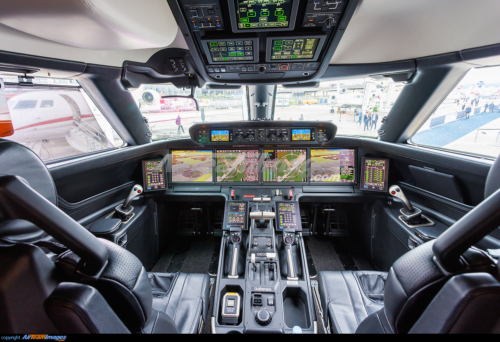
But here's what caught operators’ attention: these are high-bypass engines, which, in plain English, means they're designed to be ultra-quiet. We're talking about engines that won't have you shouting over the noise to hold a conversation, even when you're sitting relatively close to them.
Now, the cockpit (or as Gulfstream calls it, the Symmetry Flight Deck) is where things get really interesting.
The first thing you'll notice? Active control sidesticks. These aren't just fancy joysticks; they're connected systems that communicate with each other. When one pilot makes an input, the other pilot feels it through their sidestick.
But that's just the beginning. Ten touchscreen displays sprawl across the panel, presenting information in a way that pilots actually think about it, not the way engineers happen to organize it. Want to check the weather? Touch the display. Need to adjust the cabin temperature? Another touch.
The real magic happens with something called Phase-of-Flight intelligence, which is essentially an automated checklist that adapts to your specific phase of flight. Taxi, takeoff, cruise, approach; the system knows where you are and what comes next.
For those low-visibility approaches that make even experienced pilots a bit nervous, there's the Enhanced Flight Vision System. This is a comprehensive system that can literally see through fog, rain, and darkness to help guide you safely to the runway. Combined with Synthetic Vision on the Primary Flight Display, you get 3D terrain graphics and runway presentations that look almost like a flight simulator.
Interior and Cabin Features: Your Office at 41,000 Feet
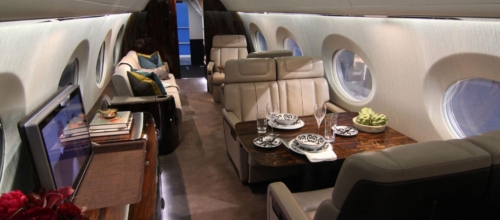
The G600's cabin isn't just luxurious, it's engineered around human physiology. And that makes all the difference on long flights.
Start with cabin altitude. Most business jets pressurize their cabins to around 6,000 to 8,000 feet equivalent, which is why you often feel drained after long flights. The G600 keeps its cabin at just 3,255 feet equivalent while cruising at 41,000 feet. Your body gets more oxygen with less effort, which translates to less fatigue and clearer thinking when you land. It's the kind of detail that sounds minor until you experience the difference firsthand.
Then there are those windows. Fourteen panoramic oval windows that Gulfstream claims are the largest in business aviation. And honestly? They're not overselling it. The amount of natural light that floods this cabin is remarkable. It changes the whole psychology of being in an enclosed space for hours.
The cabin itself can be configured with up to four living areas, which means you're not just getting a really expensive airline seat. We're talking about spaces designed for how people actually want to use their travel time. Need to hold a meeting? There's a space for that. Want to catch some sleep? There's a proper area for that too. The flexibility is what sets these ultra-long-range jets apart from anything else in aviation.
Pricing and Operating Costs: The Reality Check
Alright, let's talk money. Because, as impressive as all these features are, someone has to write the checks.
A new G600 will set you back approximately $60 million at list price. But buying the jet is just the beginning of your financial journey. Let's assume you're planning to fly about 200 hours per year, which is pretty typical for owners in this category. Your annual operating costs are going to run somewhere between $4.5 and $5 million per year.
Here's how that breaks down:
Fuel alone will cost you roughly $1.2 million annually, assuming jet fuel at about $5 per gallon. Maintenance runs around $700,000 per year. These are sophisticated machines with incredibly tight tolerances, and keeping them airworthy isn't cheap. But consider the alternative; nobody wants to be the person who skimped on maintenance at 41,000 feet.
Crew salaries will run you about $500,000 annually. Insurance and hangar costs each run around $300,000 per year.
When you break it down to variable costs per hour, you're looking at roughly $5,000 to $6,000 every time those engines start up. That covers fuel, some maintenance reserves, crew expenses, and other variable costs. It's worth noting that these figures can swing quite a bit based on how much you fly, where you're based, and current fuel prices.
What Sets the G600 Apart
Look, every manufacturer claims their jet is special. But the G600 actually has some tricks up its sleeve that are worth talking about.
Speed That Actually Matters: Mach 0.90 cruise isn't just a number on a spec sheet; it's the difference between making that meeting and missing it. That Mach 0.925 maximum operating speed is among the fastest in the class, and those minutes add up on long missions.
The Flight Deck: The Symmetry system isn't just fancy screens for the sake of having fancy screens. Those active control sidesticks are a first in business aviation, and they genuinely improve how pilots work together. Add the Enhanced Flight Vision System for sketchy weather approaches, and you've got safety technology that actually matters when things get complicated.
Efficiency Where It Counts: Being 12% more fuel efficient than the G550 translates to real money saved and a smaller carbon footprint. In an industry increasingly conscious about environmental impact, that matters.
Where It Falls Short
But let's be honest about the downsides too.
The Price Tag: $60 million up front, then $4.5-5 million annually to keep it flying. That's not pocket change, even for the ultra-wealthy. It limits the market to people who really, truly need this level of capability.
Cabin Width Reality: At 7 feet 7 inches wide, it's narrower than some competitors. The Bombardier Global 7500 feels more spacious, especially if you're trying to configure larger seating arrangements.
Range Limitations: That 6,600 nm range is impressive until you compare it to the Global 7500's 7,700 nm capability. There are some routes, Tokyo to New York, for instance, where you might need a fuel stop that competitors could handle nonstop.
The Bottom Line
The G600 is what happens when Gulfstream decided to build a jet for people who absolutely need to be somewhere yesterday, in complete comfort, and don't want to compromise on technology.
It's perfect for executives who value time over money, VIP operations where image matters as much as capability, and anyone who regularly flies transcontinental routes where that extra speed and range make a real difference.
